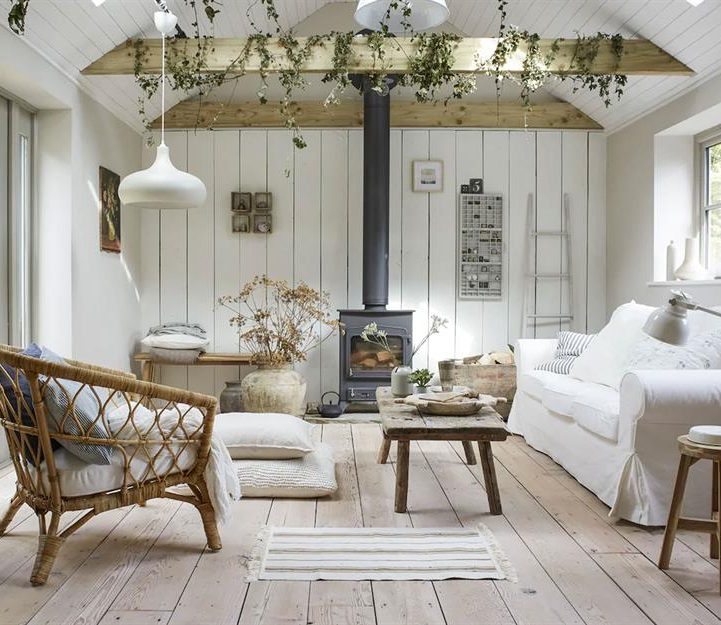Today, we will have a talk with “Country pastoral” VS “Chinese style”, finding out who is the most special decoration style.
rustic country style
In the home design, the style of returning to nature and combining with nature is advocated, and the natural and local flavors are integrated into a new space form, which is called “country style”, “pastoral style” or “local style”, also known as “gray style”.
Historical development: In the 1970s, people began to oppose the stereotyped international style. Modern people’s strong sense of returning to the natural environment such as sunlight, air and water, as well as their nostalgia for the country, made people pour their homesickness and love into the interior. Among the environmental space, interface treatment, furnishings and various decorative elements.
In today’s high-tech and high-paced social life in the 21st century, in order to seek a balance between physiology and psychology, people use a large number of natural materials such as wood, stone, bamboo utensils, and natural symbols, natural objects, and natural tastes directly.
The “primitiveness” of the indoor environment and the mentality and atmosphere of “returning to simplicity” reflect the natural characteristics of the local style.
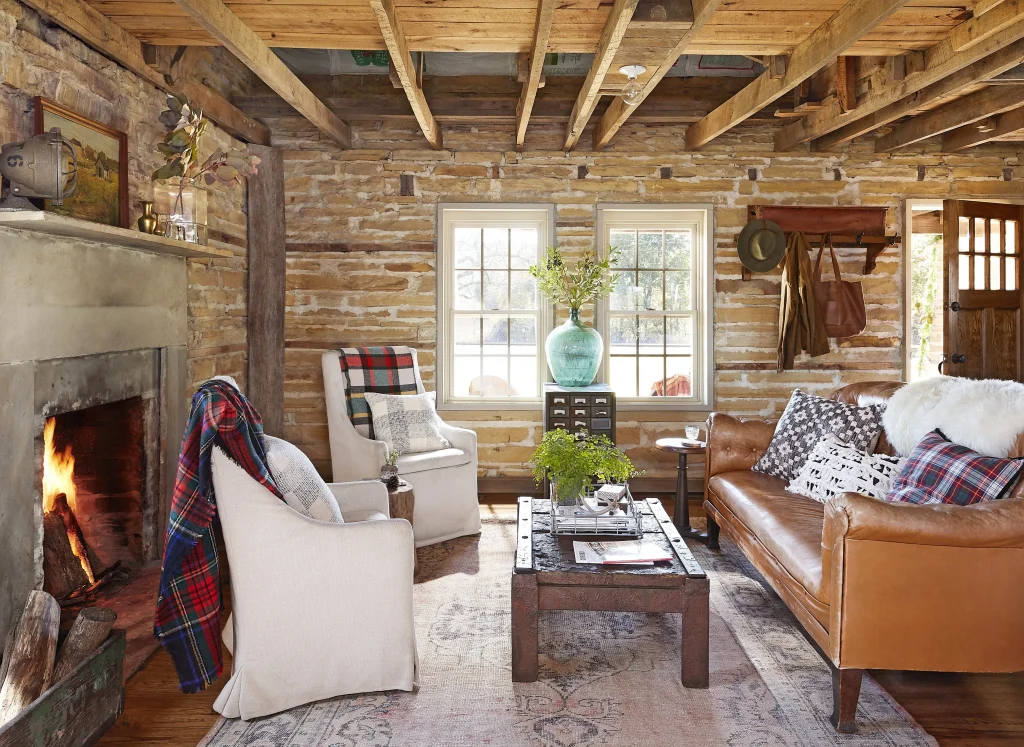
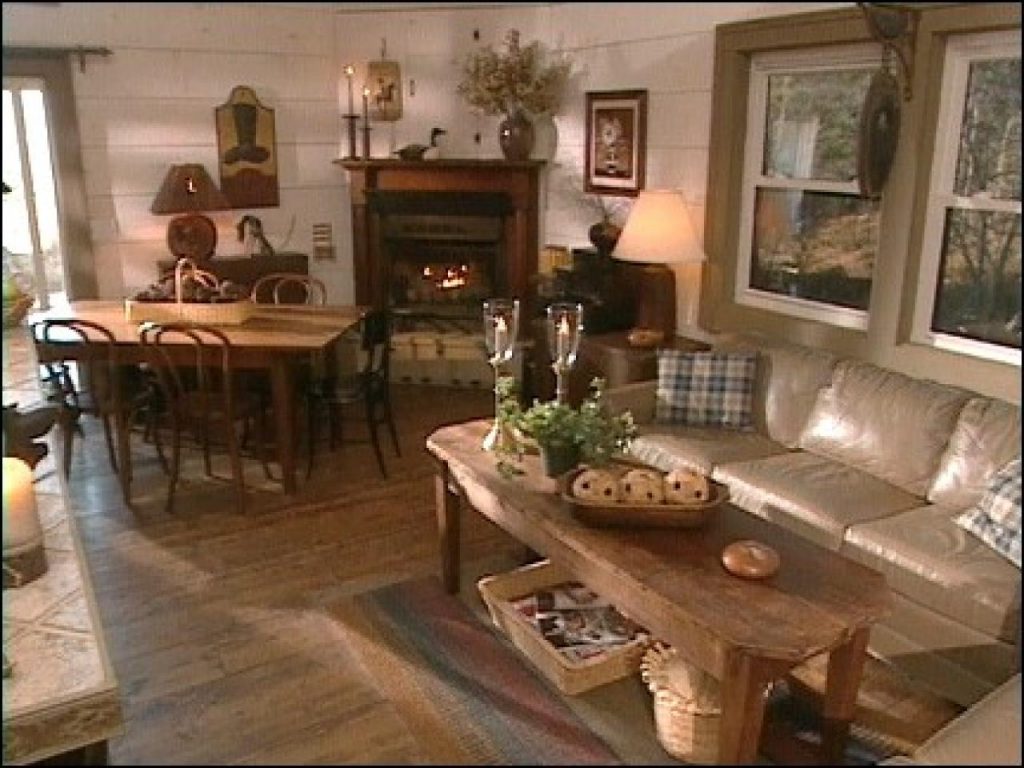
Three elements:
Shape: The rustic texture of natural wood, stone, rattan, bamboo and other materials is often used.
Color: green plants, blue bricks and white tiles, natural wood, etc.
Material: Natural materials such as incinerator, fabric and stone are used indoors to display the texture of the material, which is fresh and elegant.
Recommended crowd: This style is highly praised by literati, such as professors and scholars, petty-bourgeois white-collar workers, etc. In particular, the British pastoral has won the love of many women.

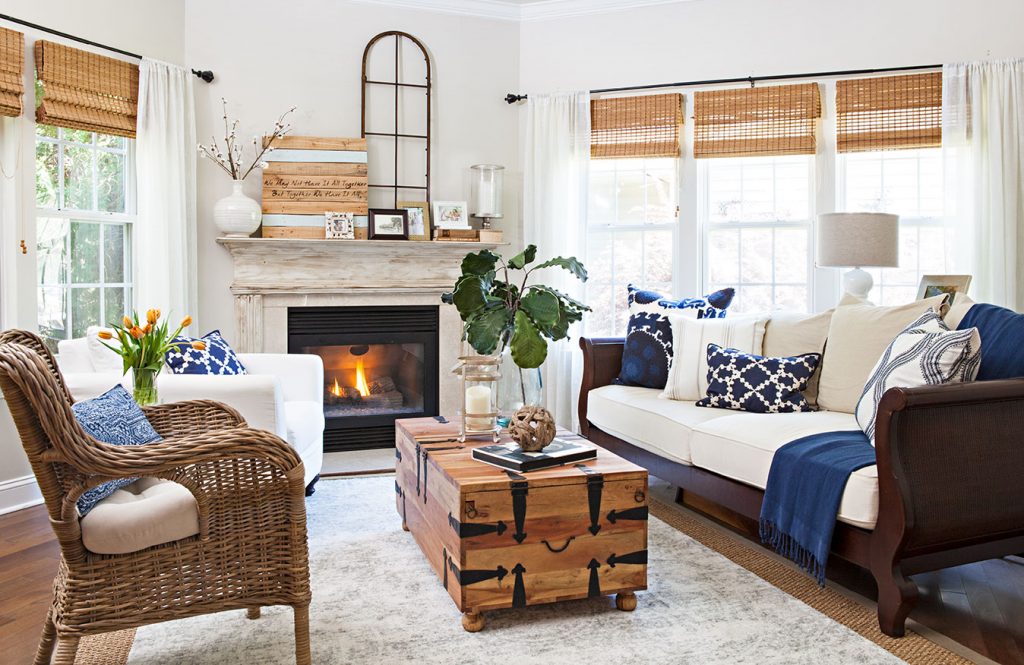
Chinese style
Features: The interior decoration design art style of Chinese classical buildings represented by palace buildings. It is magnificent, magnificent and luxurious, with high space, great depth, carved beams and painted buildings, resplendent, and symmetrical in shape.
The color pays attention to contrast and the decorative materials are mainly wood, with patterns of dragons, phoenixes, turtles, lions, etc., which are carefully crafted and magnificent.
Historical development: The Chinese style has been greatly developed in the Ming Dynasty. When the Qing Dynasty entered its heyday, it was found that the following two forms have been retained until now: one is the Ming style with a strong Chinese philosophical meaning, with a relatively simple shape and space. The contrast will not be too strong.
The second is the more complicated Qing style, or the Tibetan style with very bright colors, which obtains the most ideal space decoration effect by cleverly matching space colors, light and shadow effects and decorations.
The Chinese style is not the retro Ming and Qing Dynasties in the full sense, but expresses the pursuit of the oriental spiritual realm of elegance, subtlety, dignity and prosperity through the characteristics of Chinese classical interior style.
The cost of decoration in classical Chinese style is high, and the modern atmosphere is not strong. Now it is mostly used as an embellishment in home design.

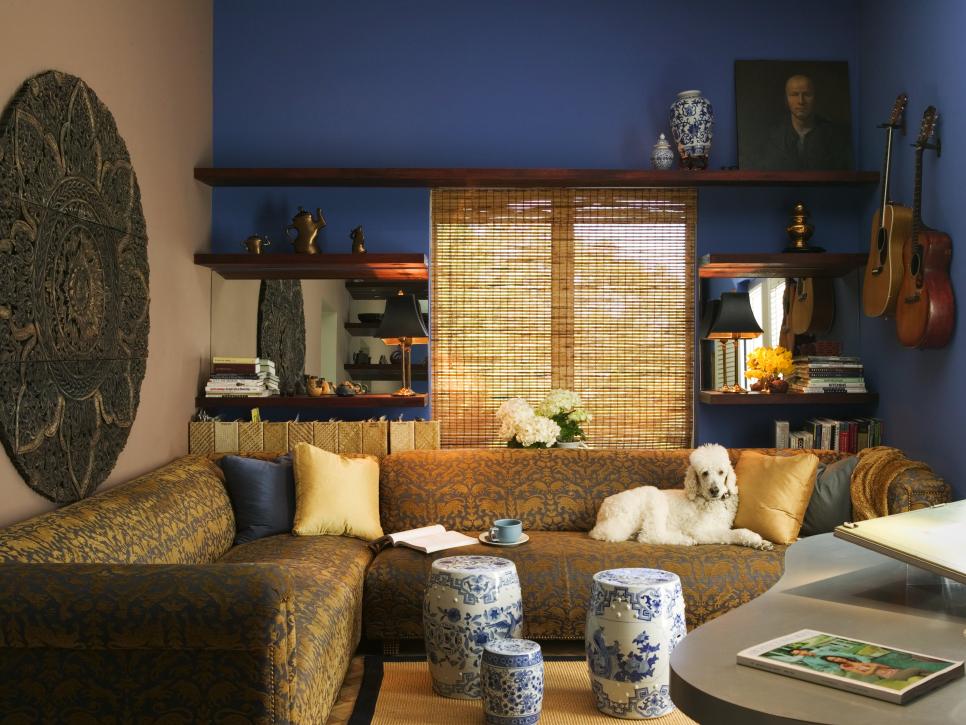
Three elements:
Shape: Chinese traditional interior decoration art is characterized by symmetrical and balanced overall layout, upright and steady, elegant style, simple and beautiful shape, while advocating natural taste in decorative details, finely crafted flowers, birds, fish and insects, which are full of changes and fully reflect Out of the traditional Chinese aesthetic spirit.
Color: Mainly black, red, yellow, etc., the color is strong and mature.
Material: The composition of Chinese style is mainly reflected in traditional furniture (mostly Ming and Qing furniture) and decorations.
It should be noted that as long as the appropriateness of various building materials is used, even modern building materials such as glass and metal can still express Chinese style. Traditional Chinese interior furnishings include calligraphy and painting, plaques, hanging screens, bonsai, porcelain, antiques, screens, Bo Gujia, etc., pursue a self-cultivation life realm.
Suitable for the crowd: People who are calm and like traditional Chinese culture.


